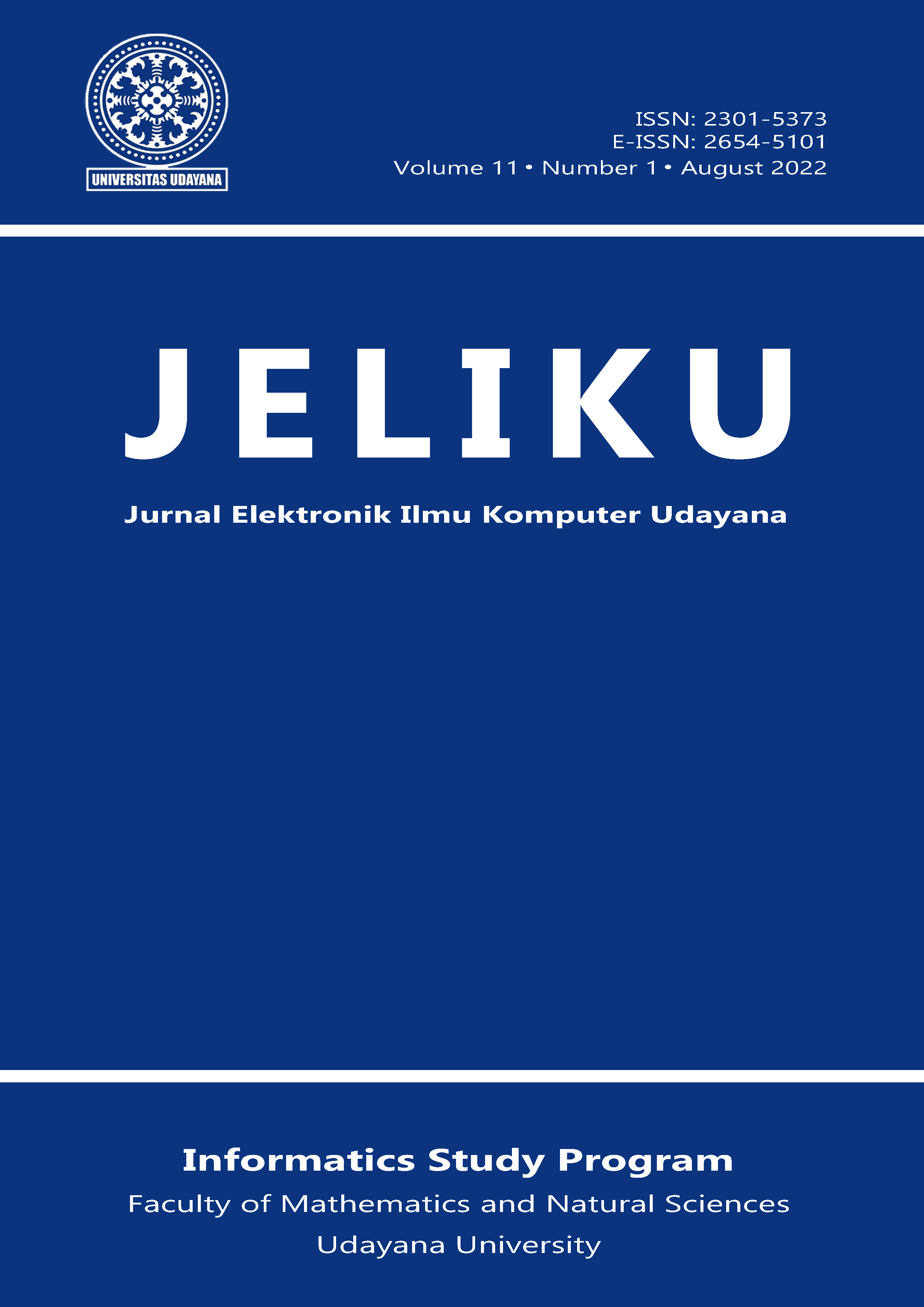Implementasi Metode K-Nearest Neighbor Dalam Mengklasifikasikan Jenis Suara Berdasarkan Jangkauan Vokal
Abstrak
Humans have voice characteristics with different vocal ranges, namely the male voice consists of Tenor, Baritone, and Bass, while the female voice consists of Soprano, Mezzosoprano, and Alto. Determining the voice range, especially for a singer, requires a vocal trainer or musical instrument that is quite difficult to access. Therefore, a sound classification system created based on vocal range using the Harmonic Product Spectrum (HPS) feature extraction method and the K-Nearest Neighbors (KNN) classification method uses k parameters from 1 to 40. The test gets the highest accuracy on parameter k=8, which is 88.88%, so that from the resulting accuracy to prove the K-Nearest Neighbor (KNN) method gives good results in classifying the type of voice.
Keywords: Classification, Vocal range, Harmonic Product Spectrum, K-Nearest Neighbors


